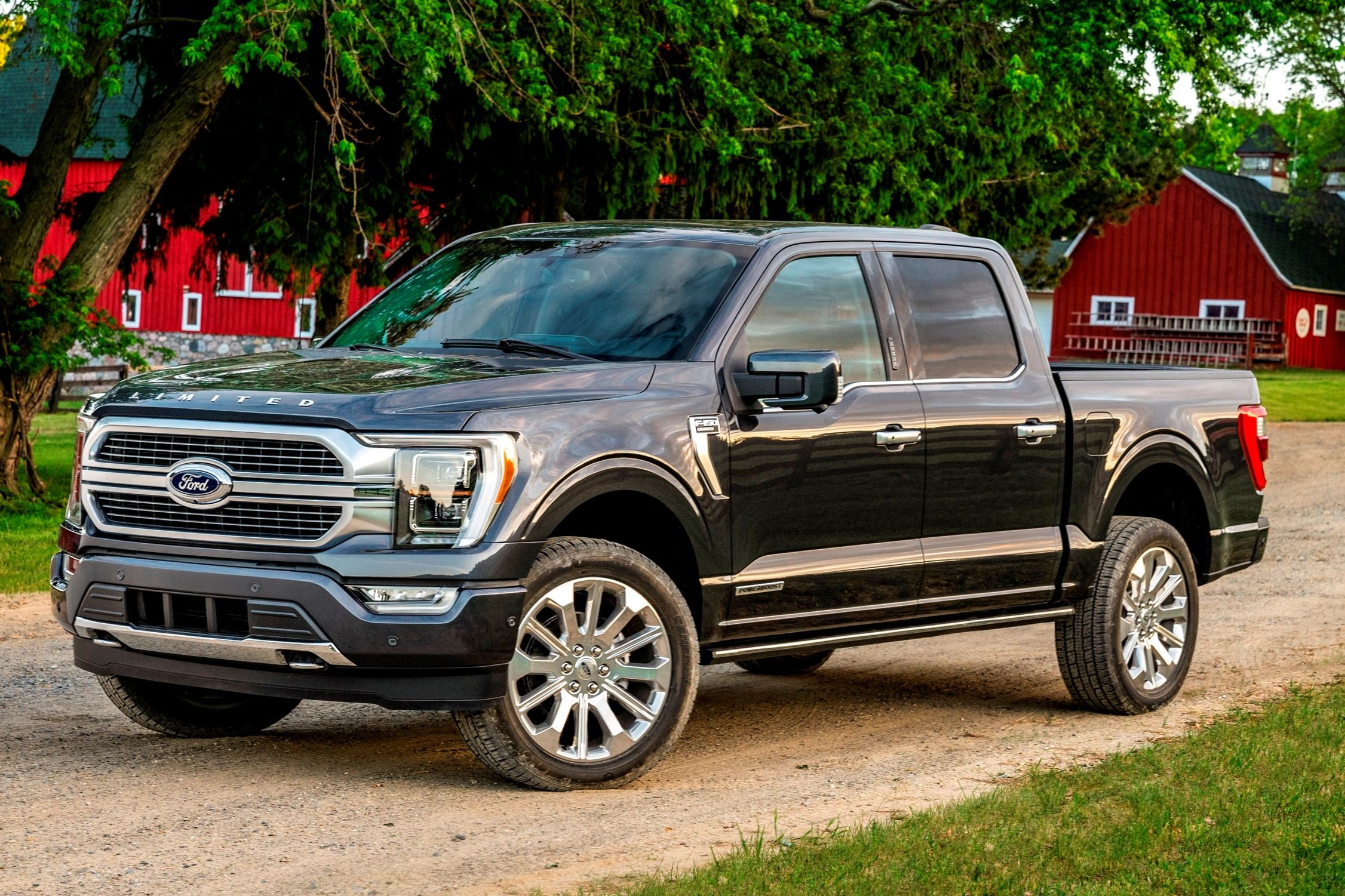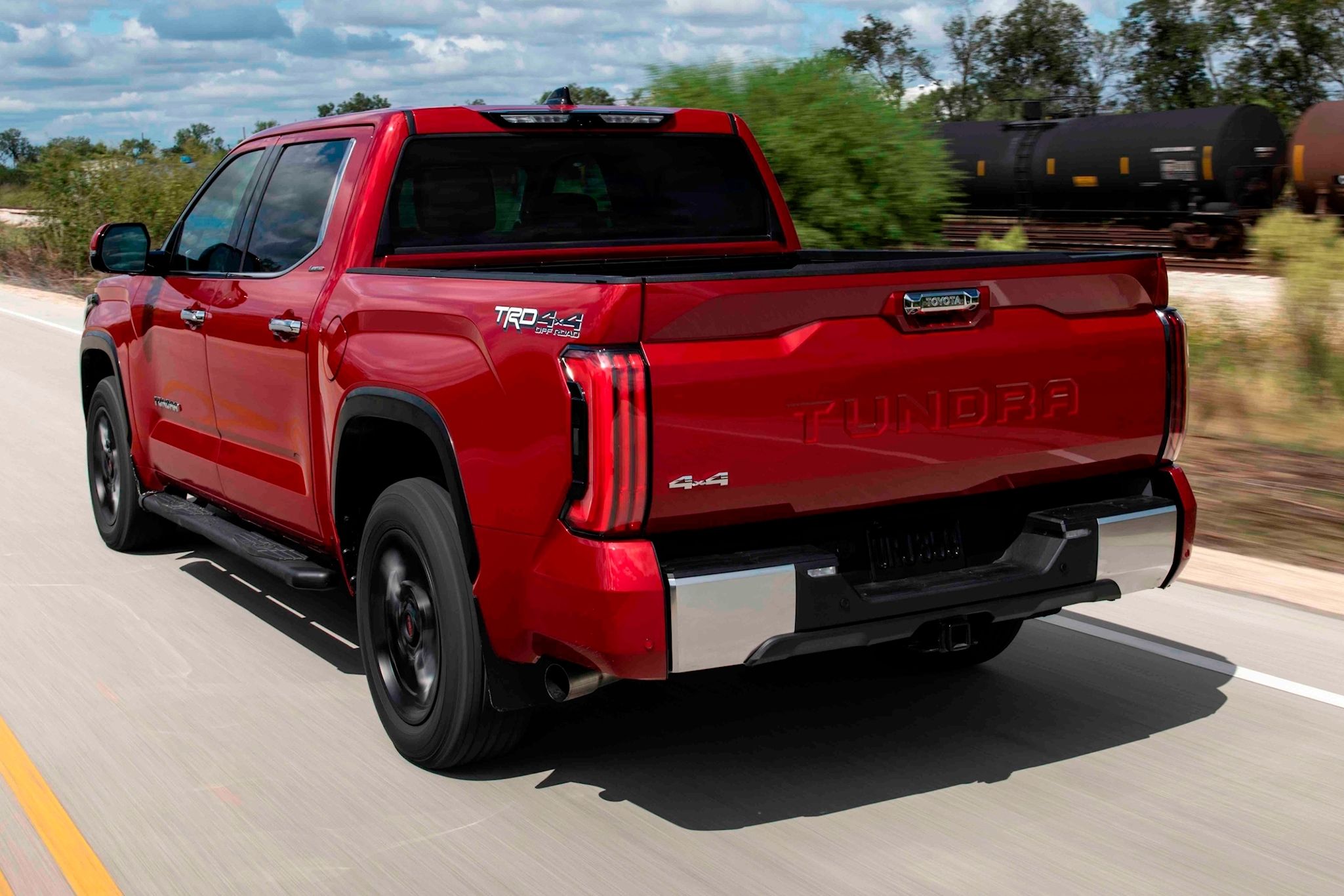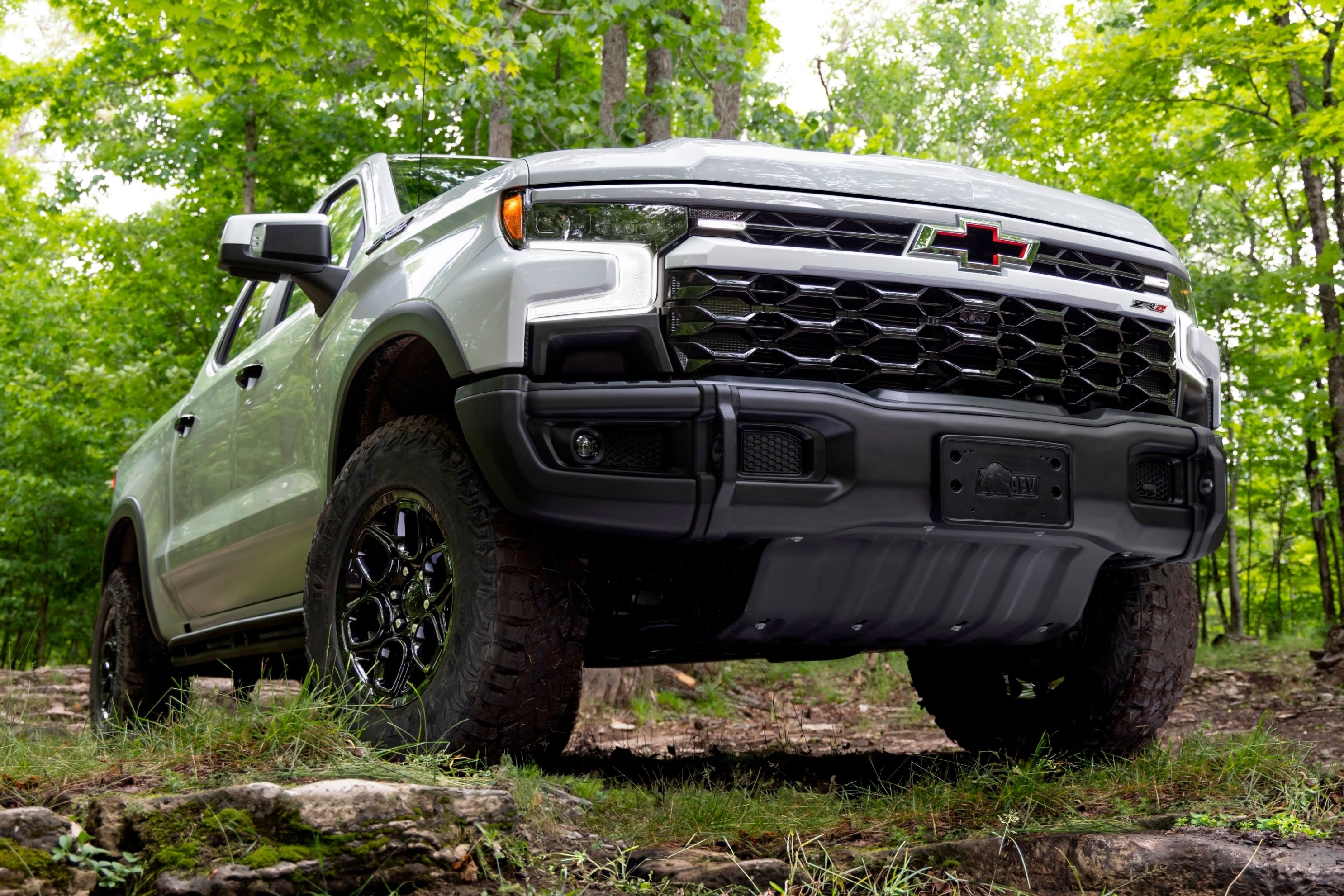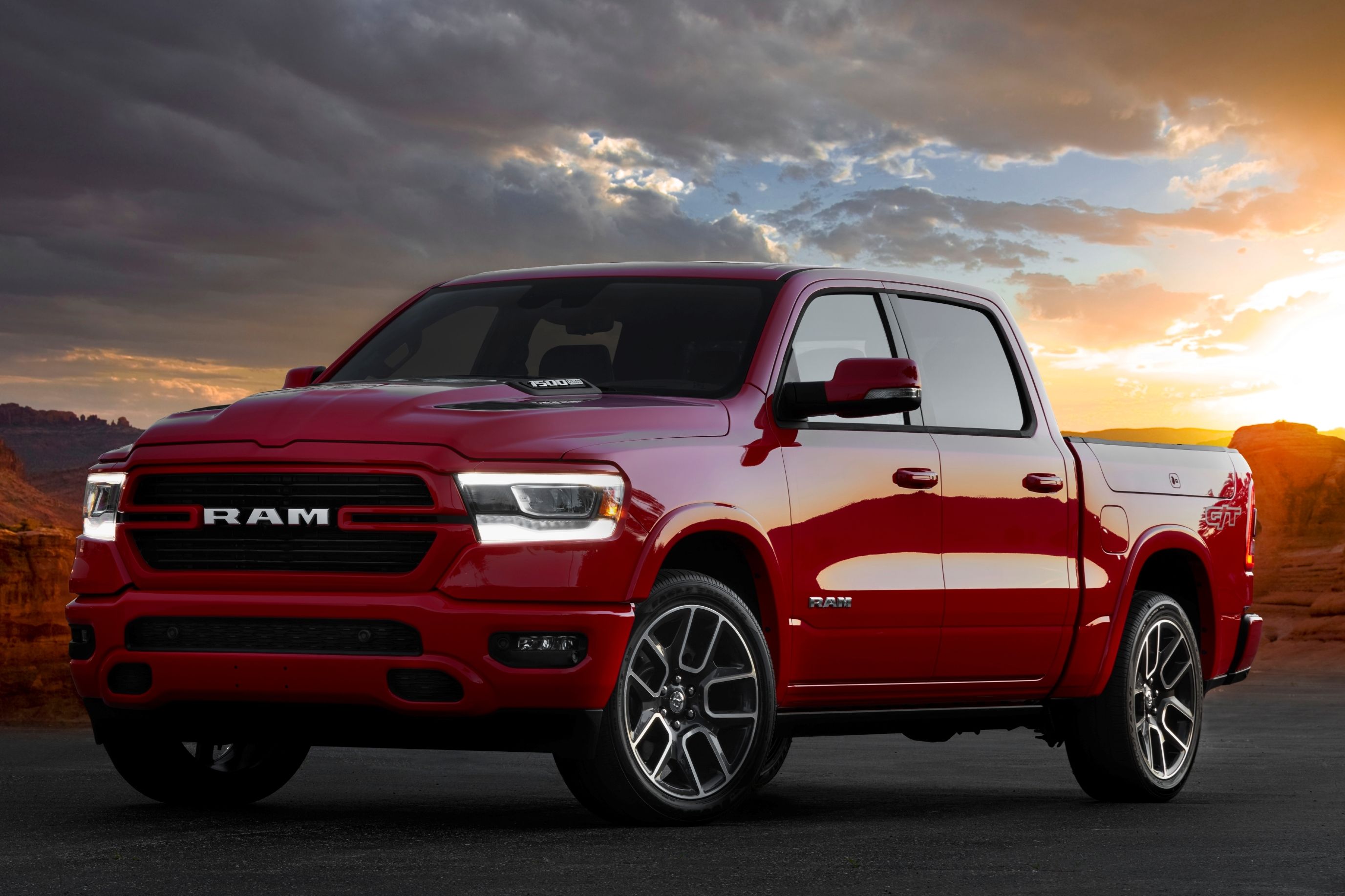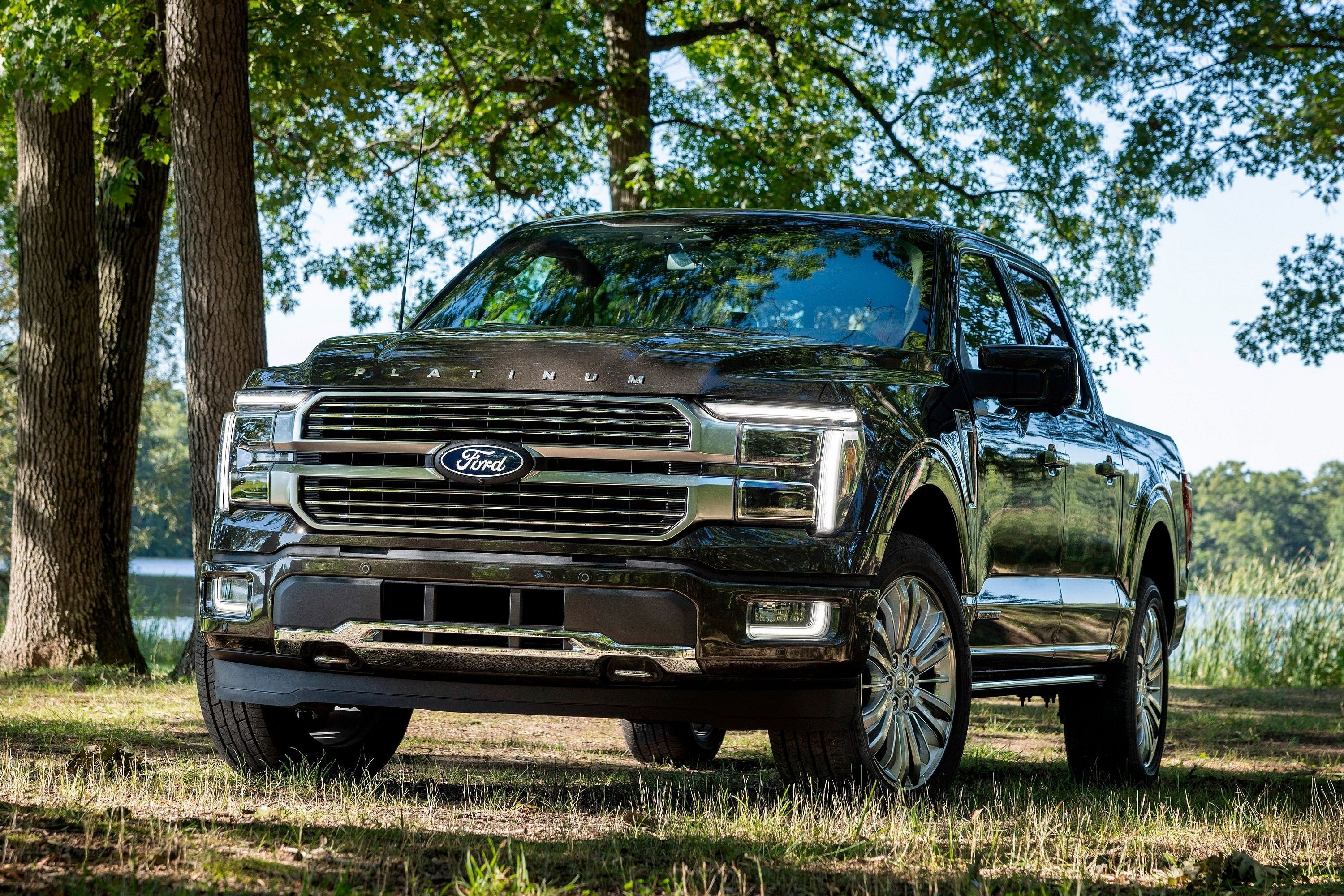
Even though pickup trucks pose a greater risk to other road users in a crash, the Insurance Institute for Highway Safety (IIHS) has found they're least likely to be equipped with autonomous emergency braking (AEB). Various studies from the organization have shown the feature to be effective, but it seems the feature was only standard on 5% of all registered trucks on American roads in 2021.
This trails behind cars (10%) and SUVs (18%). Moreover, the feature was optional on just 10% of pickup trucks, compared to 22% of cars and SUVs.
"Pickups account for 1 out of 5 passenger vehicles on US roads, and their large size can make them dangerous to people in smaller vehicles or on foot," said Jessica Cicchino, vice president of research at the IIHS. "Nevertheless, manufacturers have been slow to equip them with AEB and other crash avoidance systems."
Cicchino looked into police-reported accidents from 25 states between 2017 and 2020. She calculated the rate at which trucks rear-ended other vehicles per registered vehicle year. The findings prove that autonomous emergency braking can drastically reduce crashes.
The rate was 43% lower for trucks equipped with the technology than those without it. Injury crash rates were also 42% lower, while there was a 77% reduction in severe and fatal injuries. This figure was not statistically significant, according to the study.
"These numbers confirm that AEB is reducing crashes for pickups, just as it is for cars, SUVs, and large trucks. The faster automakers can make sure that every pickup they sell has this important safety feature, the better," said Cicchino.
For example, every iteration of the Ford F-150 is sold with autonomous emergency braking.
Due to their greater mass, it's essential to equip pickup trucks with AEB. The average curb weight has risen from 4,400 lbs in 2011 to 4,800 lbs in 2021. The average SUV weighs 4,100 lbs, and the average car just 3,200 lbs, which partly explains why trucks are more than 2.5 times more likely to kill the driver of another car in a two-vehicle crash when compared to another body style.
Pedestrians are also at greater risk with regard to pickup trucks, but this criticism can be leveled at SUVs too.
In a deal brokered between the IIHS and NHTSA, automakers have elected to voluntarily equip vehicles with autonomous emergency braking. However, trucks with a gross vehicle weight (GVW) rating of more than 8,500 lbs aren't expected to have the feature until 2025. Those with a GVW rating of 10,001-14,000 lbs don't fall under the agreement at all.
"The voluntary agreement covers most passenger vehicles, and federal regulations will soon require AEB on tractor-trailers. But there's a substantial gap in between for Class 3-6 trucks, which include some heavy-duty pickups as well as larger vehicles like some garbage trucks and buses," added Cicchino.
As such, the IIHS has suggested that manufacturers equip all new pickup trucks with AEB technology that works at higher speeds and can detect pedestrians at all times of the day. Interestingly, 28% of rear-end crashes involving a pickup in 2020 occurred when the vehicle traveled at 55 mph or higher.
Data from the NHTSA suggests 2022 is fast becoming one of the deadliest years for road accidents in the USA. This is despite the advent of driver assistance features. Several factors contribute to the high numbers, one of the most significant being distracted driving.

